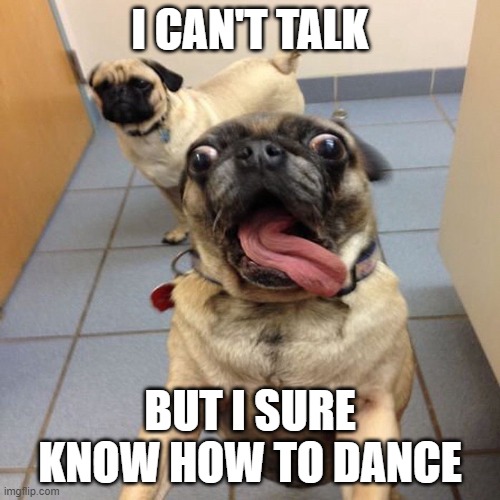Hey guys. I just wanted to chat a bit about the OSI model.
The OSI model stands for Open Systems Interconnection. How many layers does it have? Well it has seven layers. To remember how many layers there are just think of that J. K. Rowling published seven volumes in her bestselling Harry Potter series. Easy. Also to remember that the OSI model have layers, think of Shrek and him telling Donkey that ogres and onions have layers. Well, so does the OSI model.

So let’s peel this onion and see what kind of layers we have and what they do.

Application layer - Layer 7. (The boss layer) The highest layer. Layer 7 provides network services to application processes. Ex. remote file access, remote printer access, remote sharing and directory services. Protocols functioning on this layer are ex. telnet, http, ftp. Presentation layer - Layer 6. (The interpreter) The almost highest layer. You can think of it as the interpreter. Structures data and makes sure that everyone understand eachother. This layer is concerned with the actual format that the data is presented in. What type of syntax. The data that is being sent needs to be able to be read by the device that is receiving it. Linux, mac and windows need to understand each other even tho they aren't speaking the same language. For example you can't open a jpeg in notepad. It formats the data to be presented for the application layer. Session layer - Layer 5. (The secretary) This is the layer secretary. It sets up meetings between devices and also terminates the meetings. Interhost communication. Establishes, maintains and terminates sessions between applications. Allows two applications on different machines to establish a session. Coordinator. A connection is called a session. Point to point or PPTP. Transport layer -Layer 4. (Logistics) Here is where the layers logistics happen. End to end connections. Message segments and breaks it down to smaller units so it can pass it down to layer 3. Ensures data transfer reliability. Handles transport issues between hosts. The protocols that are running here are TCP/UDP. Network layer -Layer 3. (Postal office) The layers postal office and data delivery. Here is where the packets gets sent to its right address. Alot of IP addresses on this layer. Here is where the routers reside. Routers route packets here. Layer 3 switches live here as well. BGP, IS-IS, OSPF, RIP, EIGRP are the main protocols. No reliability at these layer. Layer 3 relies on the other layers to provide this for them. They just make sure that the packets are getting routed. Ipv4 and Ipv6 lives here. Data link layer - layer 2. (The inspector) I think of data link layer as the Layer-inspector. It identifies machines and looks for errors. It sees that everything has been formatted in a correct way. You can even look up your neighbour at this layer and make sure that storms doesn't happen. Provides physical addresses. Defines how data is formatted for transmission and how access to the network is controlled. Ex ethernet uses a MAC address. MAC is an identifier of a machine. Sits on a NIC. This layer also provides error detection. Makes sure that the data from higher levels are formatted correctly. ARP, CDP and STP lives here. Physical layer - Layer 1.(The foundation) Going back to my roots (cables). I always sing the song in my head "Going back to my roots" when I think of Layer 1. Layer 1 the foundation that makes all other layers work with different cables and specifications and stardards. Defines how data is transmitted. Binary 1 and 0. Electrical, pins, voltage, copper, fiber and so on. Ethernet and wifi lives here.
To try and remember the different layers and what order they come you can think of Puppies Do Not Talk So Please Adapt .

I hope you learn something when reading this. I always need to associate things to stuff I already know. Like I know what a secretary is and what they do and when I think of that I can learn to remember layer 5 easier and all the things that is happening there. Same with all the other layers. I also always think of movies, lyrics or games when I learn my topics. Thank you for reading and see you next time! (I hope).
Lämna ett svar